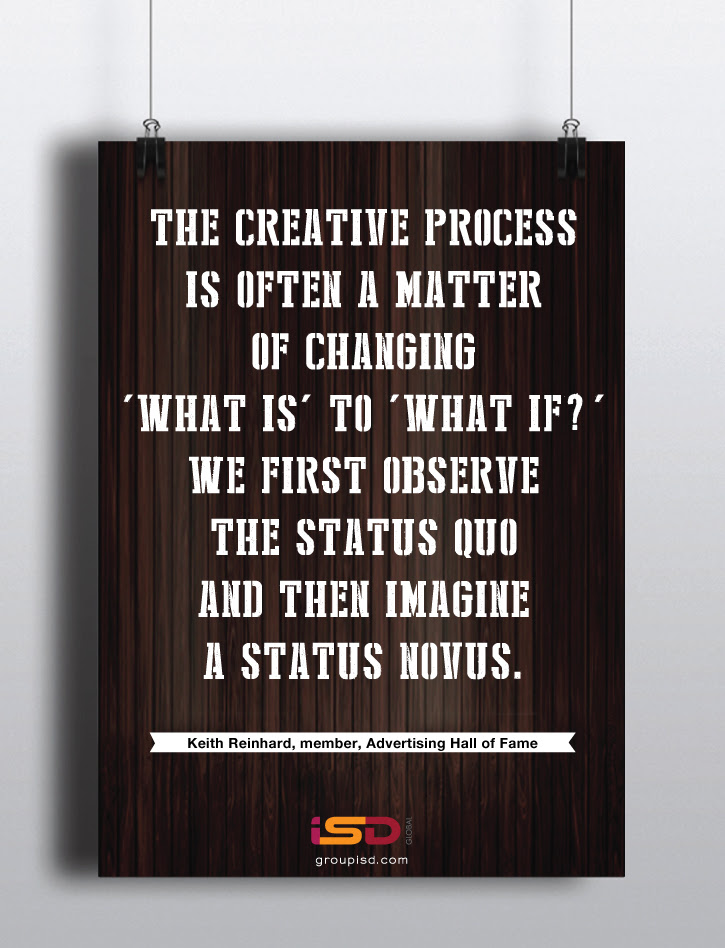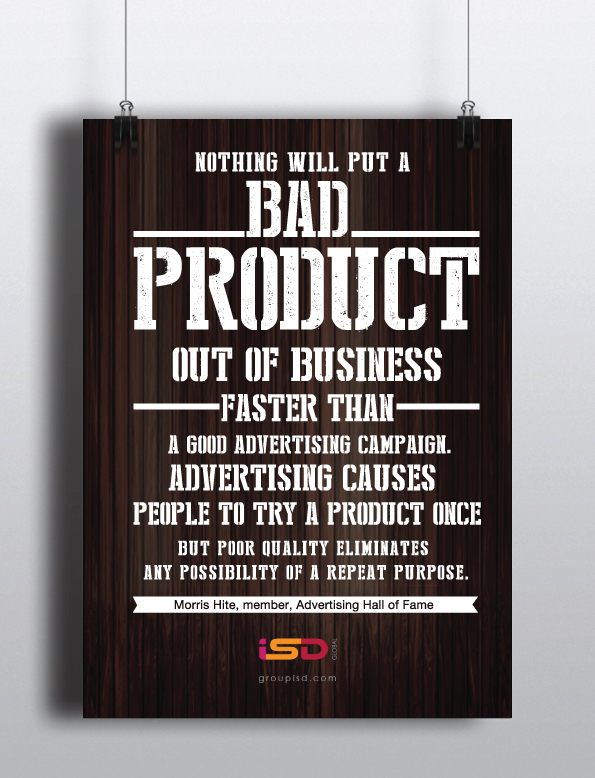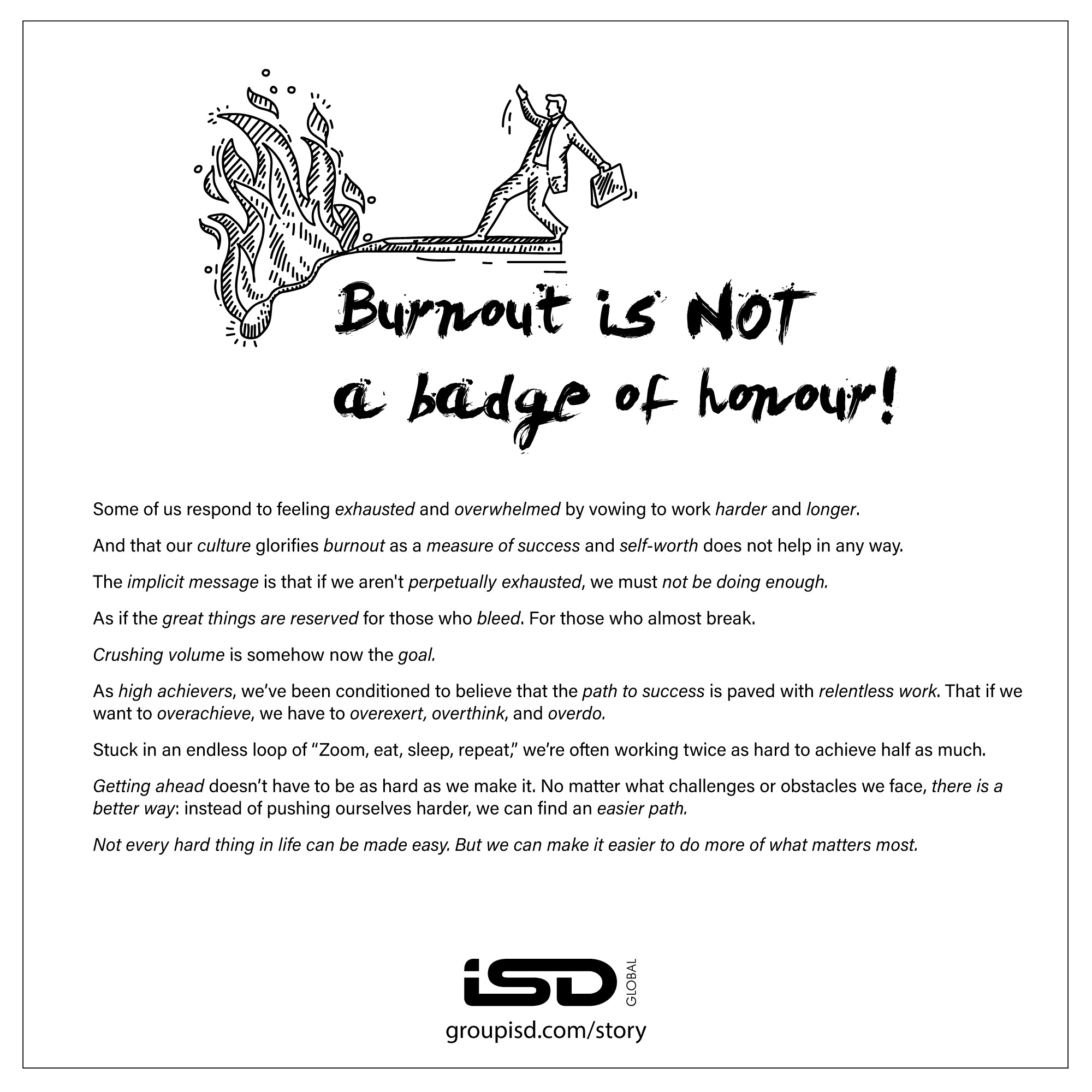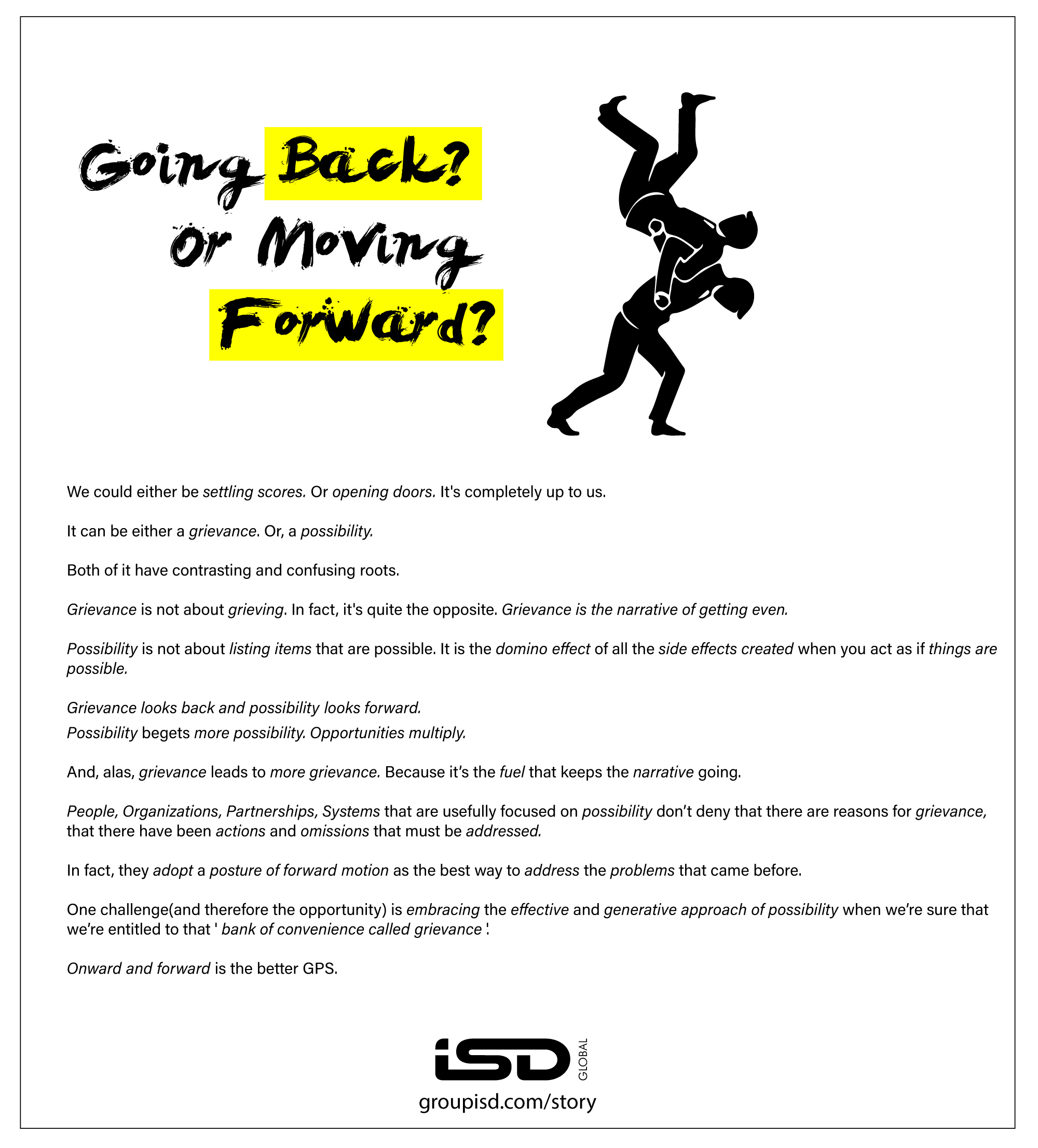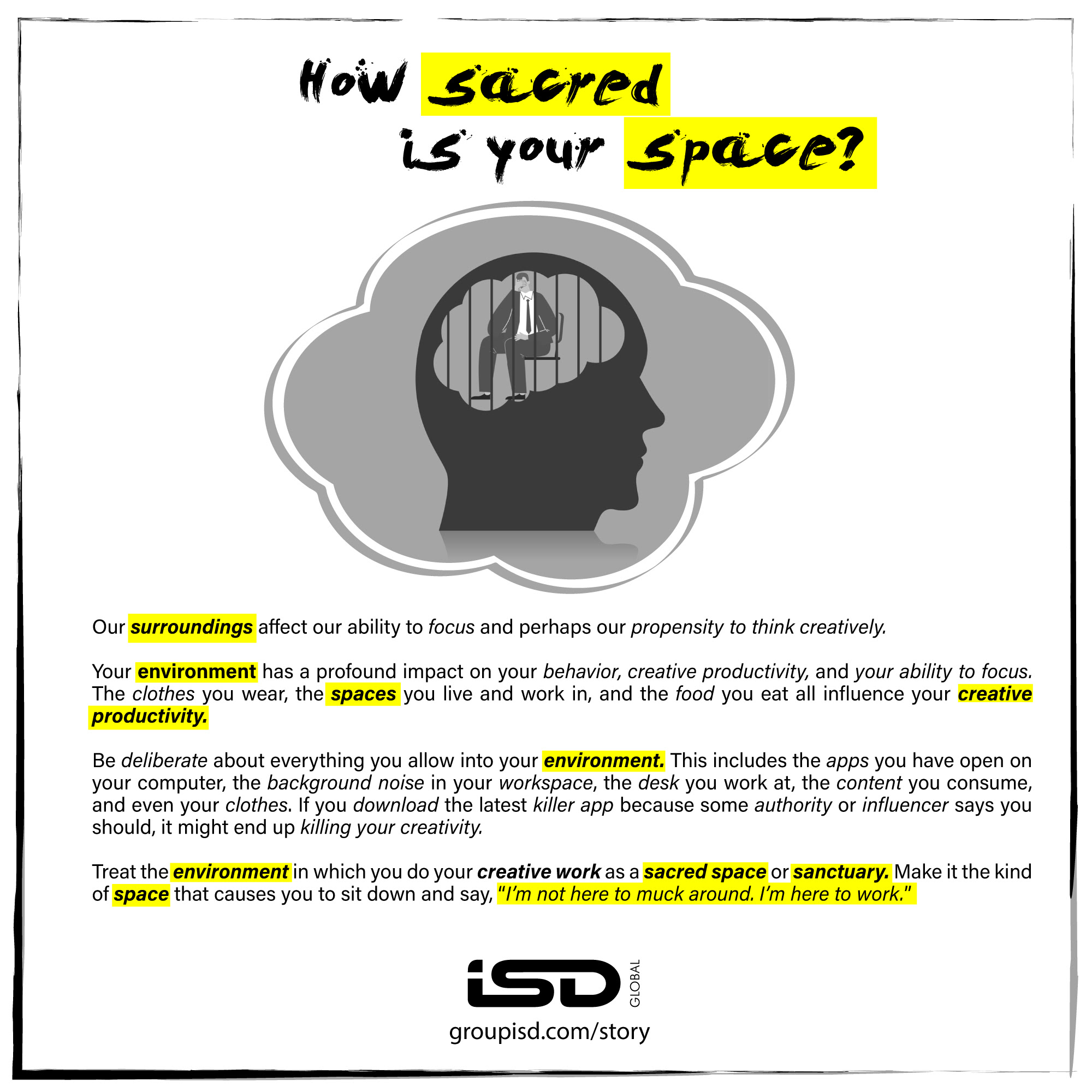Stealing other people’s ideas is now disguised as creativity ! I, me, EMMY to that!
Imitation might be considered as the best form of flattery. But, when ideas get stolen, used, monetised without attribution, acknowledgment, respect and royalty, it has to be considered daylight robbery. Worse, when the ‘ dubious claiming to be owners ‘(I have no compunction in calling them thieves) of the idea begin to flaunt it cockily all over social media, neither does it make for pleasant viewing or an easily digestable experience. If any of you have traveled in the same boat, it is time to rock it together. Let us not remain just chat bo(a)ts.
I am (almost) certain that iconic businesses are not made this way. Nor are iconic entrepreneurs or executives. Cons don’t become icons. They might savor the interim thrill of the non existing chase (because they got it on a platter from someone or somewhere else) of the new shiny object and bask in the after glow. One shallow does not make a summer. Or does it?
This malaise is not restricted to the non playing captains of zilch honor and high disrepute. It is systemic and has transcended like beg bugs and termites into the sanctum sanctorums of decision making in organisations and countries. Probably the culture (sleight of) handbook there is captioned ‘ With Nothing But Malaise Towards One and All ‘. With the preamble reading something like this ‘ Since we are totally incapable of doing anything original and worthwhile, the solemn promise we make to ourselves is to NOT do anything that remotely involves sincerity, authenticity, bonafide intent and commitment. That said, we reassure all our stakeholders that we will do everything in our might to steal, connive, manipulate, fraud , short change other people and organisations so that we can move around with our fed held high and head held low. In dignity, we mistrust ‘.
You and me might have heard of cheat days but there is a small community of people ( con artists) and organisations that have taken this art form and scaled it exponentially- they have redefined it as cheat weeks, cheat months, cheat years and have the despicable intent to make this into an established perennial money and reputation looting assembly line.
Still waters run deep. Steal waters remain shallow. How about this as a tagline:
To all the con artists on STEALettos:
‘ I con, therefore I can ‘-option 1
‘ The art of the cheat ‘-option 2
Welcome your thoughts please.
ENDS

